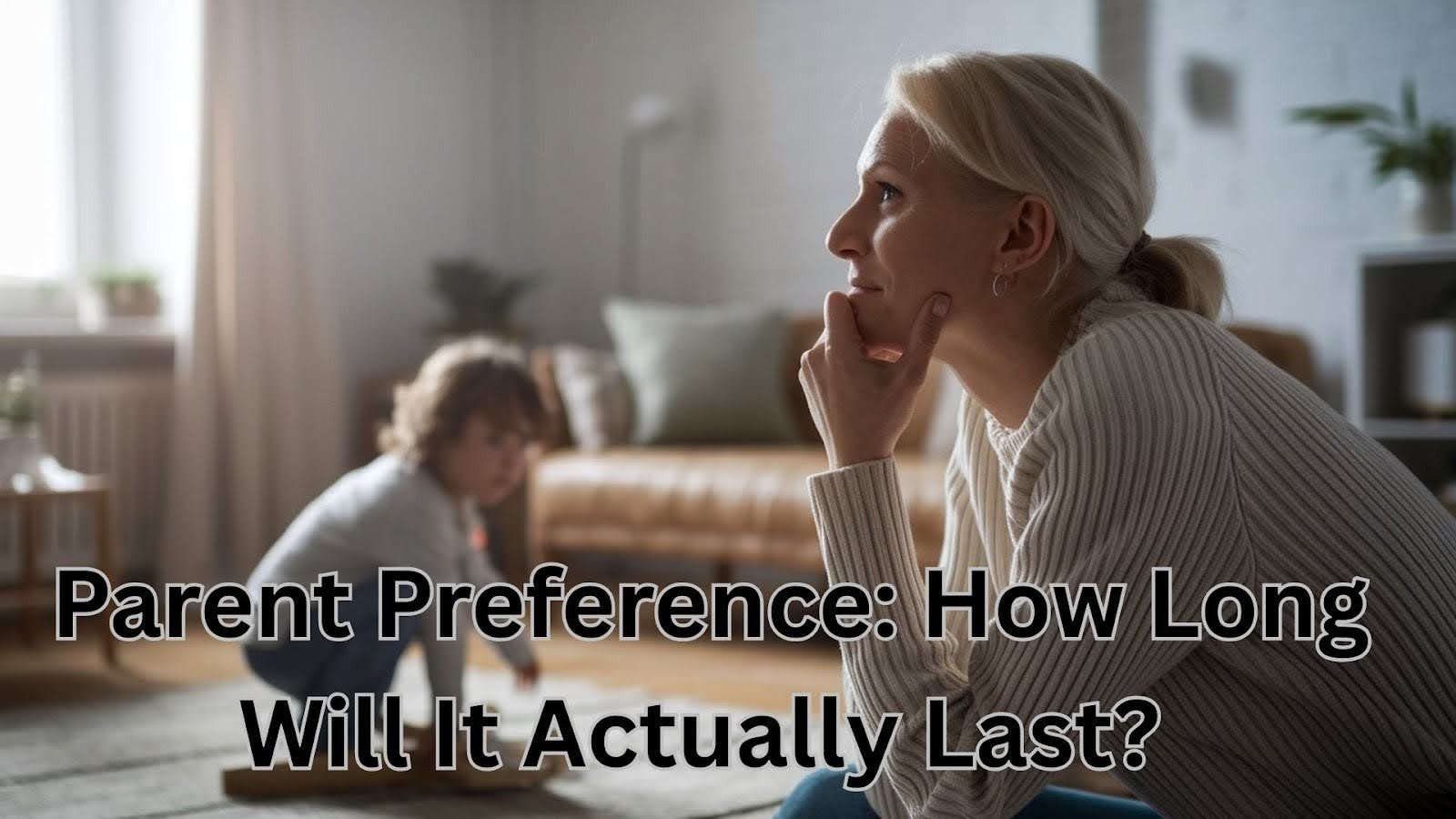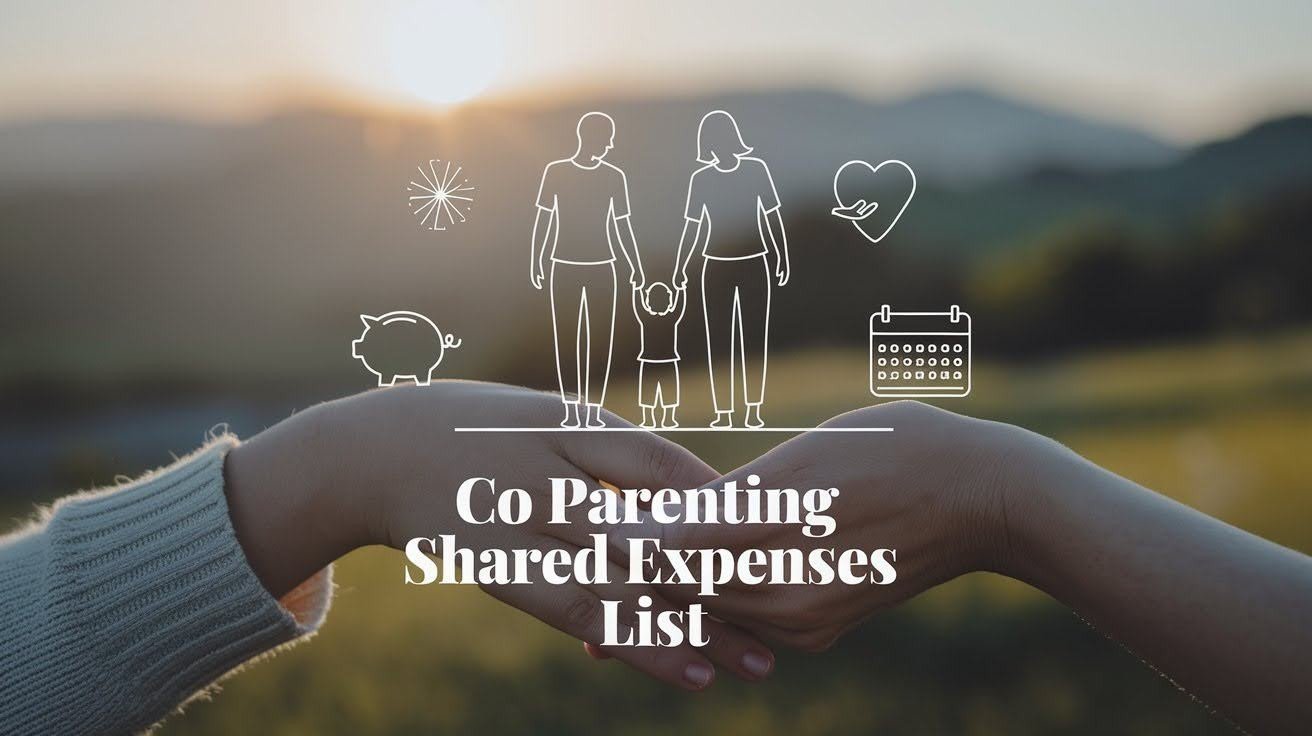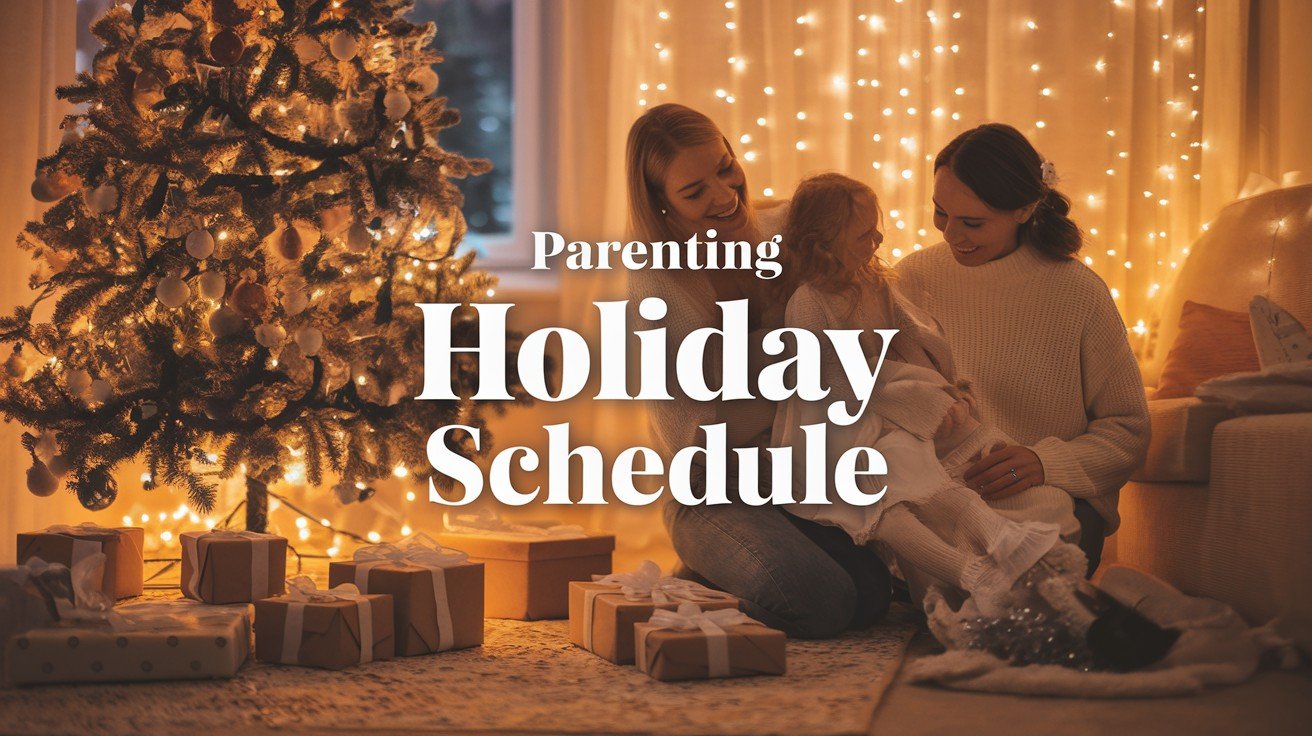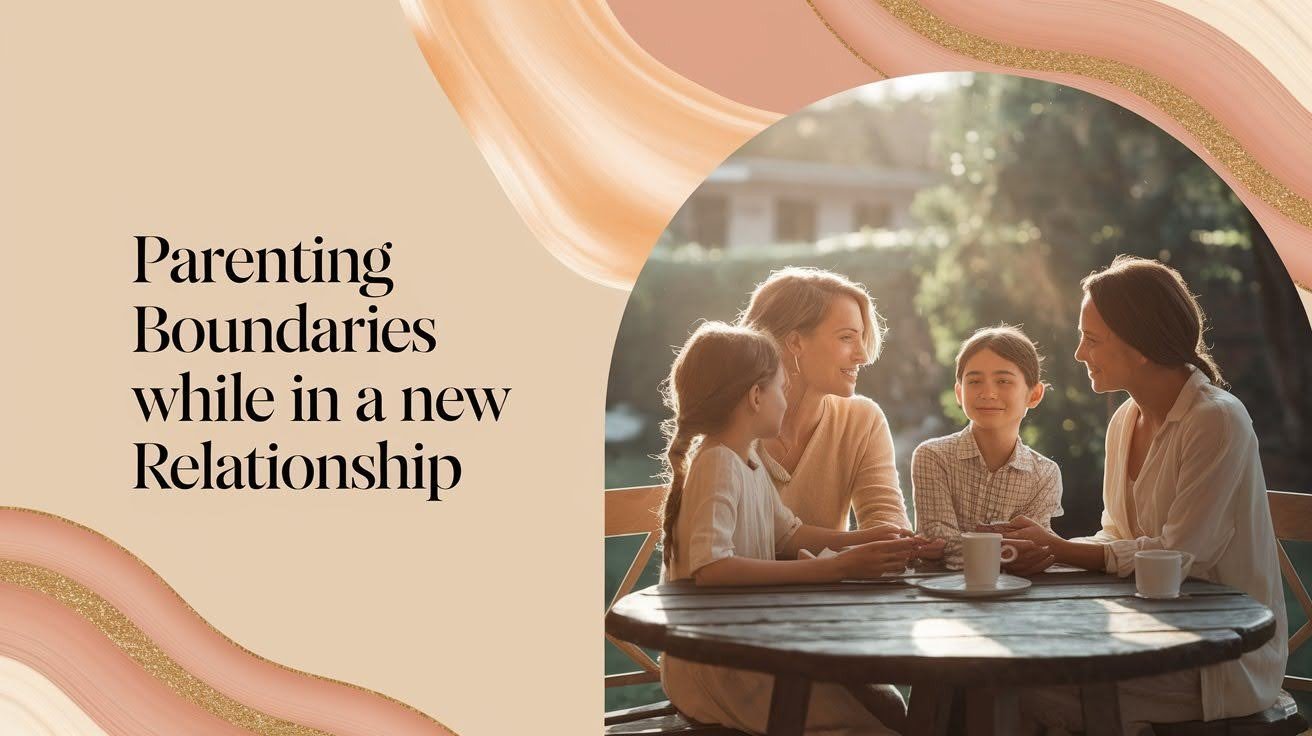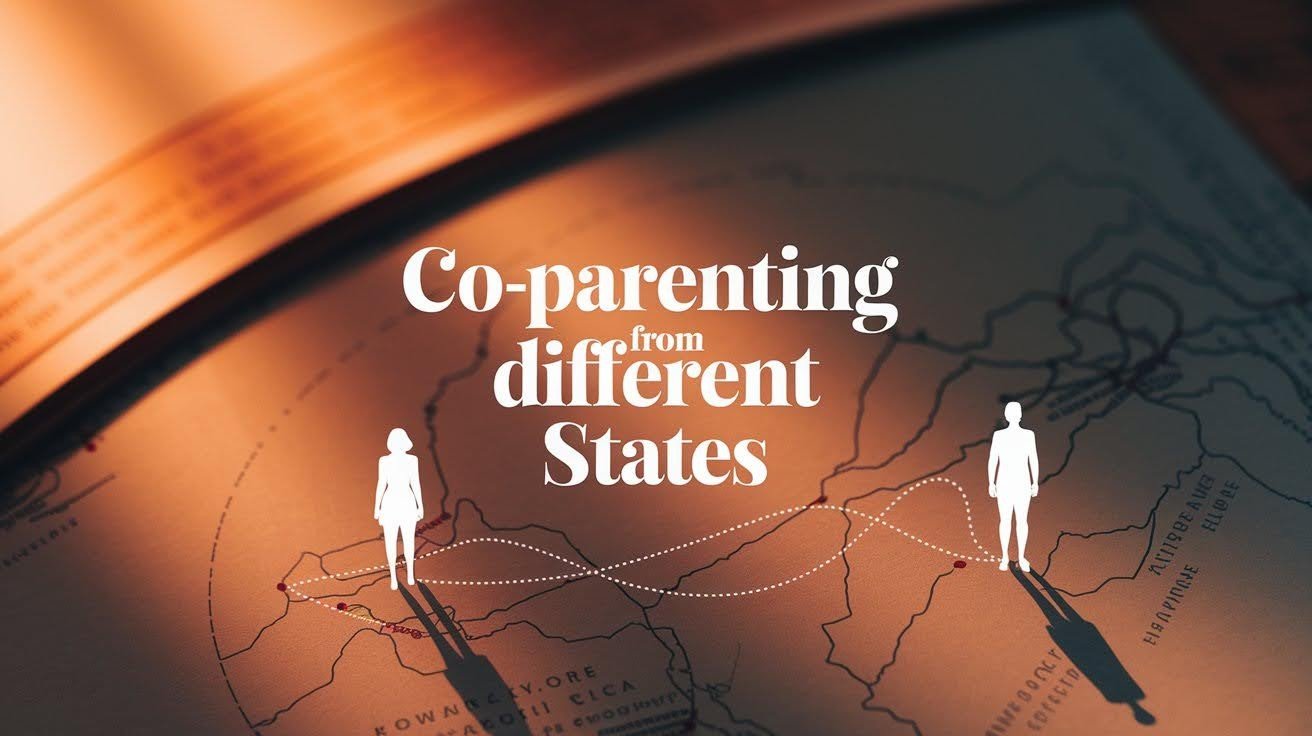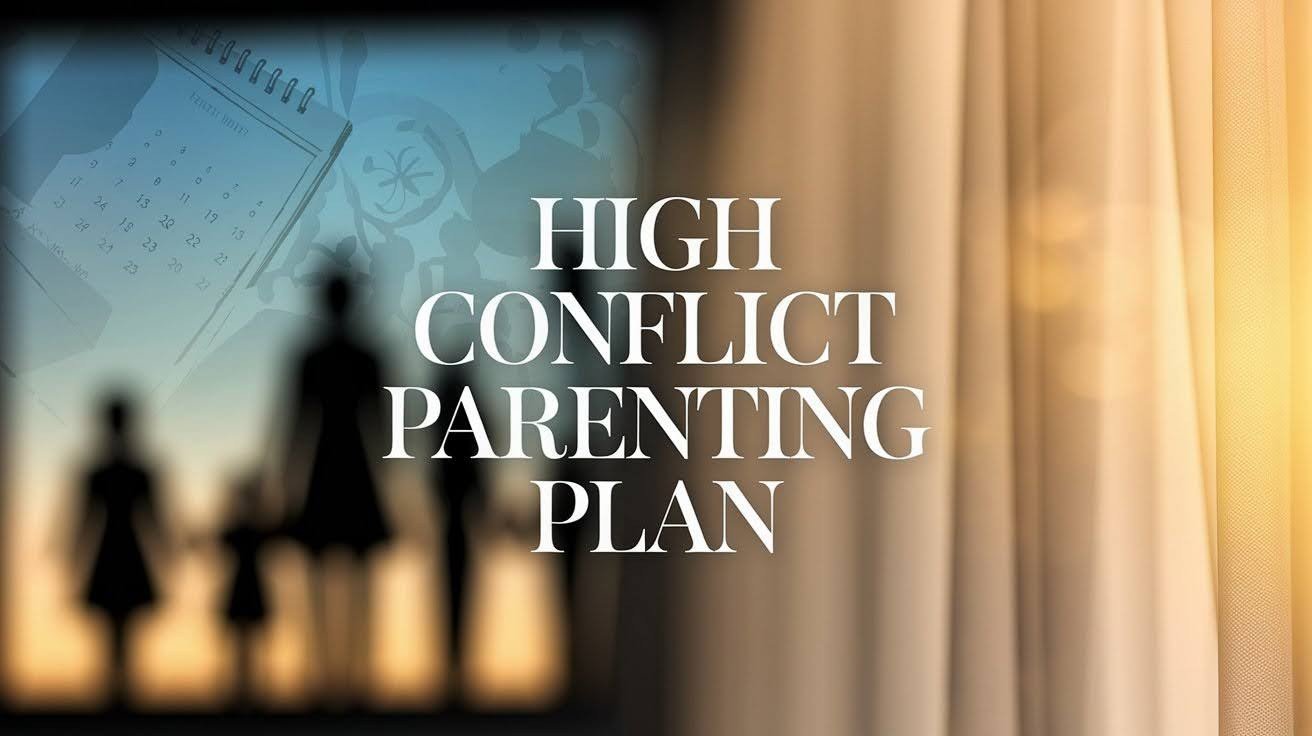Understanding Parent Preference: The Reality Check Parents Need
Does your child always run to Mom when hurt, but wants Dad for bedtime? You’re not alone. Parent preference affects nearly every family.
This article explains what parent preference means and why it happens. You’ll learn the science behind your child’s choices and get practical solutions for these tough moments.
Trust me – after working with hundreds of families, I know this hurts. But parent preference is normal, temporary, and doesn’t mean your child loves you less.
Let’s get to the facts that will help your family.
What Is Parent Preference and Why Does It Happen?

Child favoritism is a completely normal part of growing up. Your kid will pick one parent over the other for certain periods of time. This happens to most families and is nothing to worry about.
This favoritism doesn’t mean your child loves you any less than the other parent. It’s simply how children process their relationships and feelings during different times. The love is still there, even when they seem to prefer someone else.
Remember that this is just a phase that will pass. Kids show clear preferences toward one parent during different stages of their growth and development. What matters most is staying patient and understanding during these times.
How Long Does Parent Preference Actually Last?

There’s no set timeline for these phases. Some last days, while others stretch for months. Your child’s personality plays the biggest role here. Every situation is different. Most parents see changes within a few weeks to several months of patience.
The Timeline Reality – No Fixed Duration
Every kid handles preferences differently. Some switch favorites weekly while others stick with one parent for extended periods.
Individual differences matter greatly. The duration depends on your child’s age, personality, and current family circumstances happening around them.
Factors That Influence Duration
How you react affects how long favoritism lasts. Getting upset makes it longer because kids sense tension and may keep showing preferences.
- Your response affects how long favoritism lasts in your family.
- Getting hurt or angry makes the phase go on much longer.
- Kids notice when parents feel tense or upset about favoritism.
- Children sense conflict and emotional distance between their parents easily.
- Kids may keep showing favoritism longer when they feel family tension.
Signs the Phase Is Ending
Look for small signs like your child letting the other parent help, less fighting, or not crying when the preferred parent leaves briefly.
- Watch for small positive changes in your child’s behavior patterns.
- Your child might let the other parent help with one small task.
- Less fighting between your child and non-preferred parent means progress.
- They stop crying right away when the preferred parent leaves briefly.
- Notice when your child accepts help from both parents more often.
What Parents Can Expect at Different Ages?

Young children show the strongest, most obvious preferences. As kids grow older, their preferences become more subtle and activity-based instead. Age changes everything about how preferences show up in daily family life.
Infant and Toddler Preferences (0-3 years)
Babies usually prefer their main caregiver completely. This often means the parent who feeds, changes, and soothes them most throughout the day.
Don’t take this personally. Toddlers want the same parent for absolutely everything, including bedtime, meals, and comfort needs.
Preschool Age Preferences (3-5 years)
Three to five-year-olds start understanding that parents offer different strengths. Dad might be the fun parent, while Mom provides comfort.
Language skills help here. These kids can talk about their feelings better and learn that preferences don’t equal rejection.
School-Age and Beyond (6+ years)
Older kids develop more complex, nuanced preferences. They might prefer one parent for homework help and another for sports activities.
This shows healthy development. These preferences feel less personal since your child is becoming their own independent person.
How to Manage Parent Preference?

Stay calm during difficult moments because your reaction shapes how long this phase lasts. Getting upset makes everything worse and extends the preference period longer than needed.
Being the favorite feels good, but it gets exhausting when you can’t leave. Don’t rescue your partner when your child cries for you instead of accepting their help. For the non-preferred parent, rejection hurts, but keep showing up even when they resist.
Work together as one united team. Fighting makes preferences last longer and creates more stress for everyone during this already challenging time.
Conclusion
How long does parent preference last? The answer isn’t simple, but it’s hopeful. Most phases last a few weeks to several months. Your child will move through this stage naturally.
Remember the key points. This behavior is normal development, not personal rejection. Your calm response helps it end faster. Both parents play important roles during these tough times.
You’re not alone in this struggle. Thousands of families face the same challenges every day. Stay patient with yourself and your child.
Have you dealt with parent preference in your family? Share your story in the comments below. Your experience might help another parent who’s struggling with the same phase right now.
Frequently Asked Questions
How long does parent preference last in toddlers?
Parent preference in toddlers typically lasts 2-6 months, but can vary. Toddler phases often last longer because they can’t express feelings well yet. The preference usually shifts as they develop better communication skills and feel more secure with both parents.
Is it normal for my child to only want one parent?
Yes, this is completely normal child development. Most kids go through phases where they strongly prefer one parent over another. It doesn’t mean they love you less – it’s just how children process their world and exercise control.
At what age does parent preference usually end?
Parent preference can happen at any age, but becomes less intense as children mature. School-age kids (6+) typically show shorter, less dramatic preference phases. However, some form of preference may continue into teenage years during times of stress.
Can a parent’s preference last for years?
While most phases last weeks to months, extended preferences can occur during major life changes like divorce, new siblings, or moves. If the preference lasts over a year without improvement, consider speaking with your pediatrician about family counseling options.
How can I make the parent preference end faster?
Stay calm and don’t take it personally. The rejected parent should keep participating in daily care without forcing affection. The preferred parent should avoid always stepping in to help. Consistent routines and teamwork between parents help phases end sooner.

